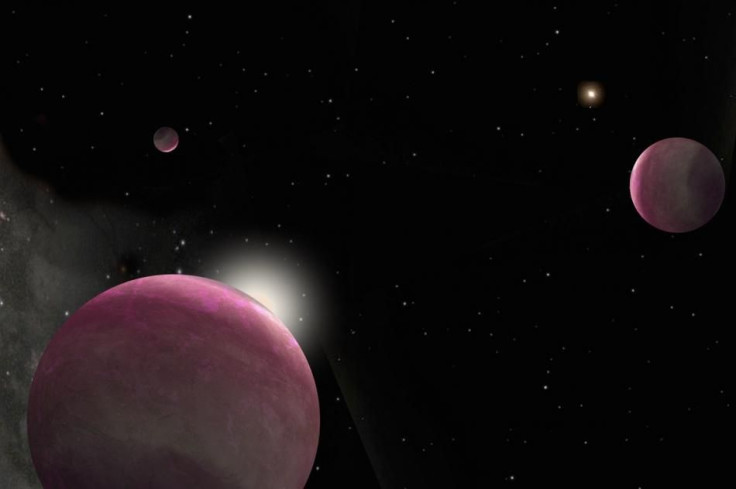Super-Earth, 5 Mini-Neptunes Spotted In Rare 6-Planet Star System

KEY POINTS
- Scientists discover a star system with three planets
- The planets follow an unusual orbital pattern
- The system's resonance can provide information regarding planetary formation
Scientists recently discovered a rare star system that contains six planets. According to the scientists, the different planets follow an unusual and remarkable orbital pattern around their host star.
The discovery was made by scientists from the University of Geneva. Their findings were presented in a new study published in the journal Astronomy and Astrophysics.
The authors of the new study came across the rare star system using the SOPHIE spectrograph, an instrument of the Haute-Provence Observatory in France that was designed to detect exoplanets.
Through the instrument, the scientists came across a distant star known as HD 158259, which is located in the Draco constellation. After observing the star and its neighborhood, the scientists learned that it is surrounded by six planets.
Based on the sizes and atmospheric conditions of the planets orbiting HD 158259, the scientists noted that one of them is a super-Earth while the other five are mini-Neptunes.
Spotting HD 158259 and its planets is rare since there are only a few star systems that have six or more worlds. Aside from this, the HD 158259 system is also very unique because of how its planets orbit the central star.
According to the scientists, each pair of subsequent planets follow a resonance close to 3:2. This means that as the planet closest to the star completes three orbits, then the other planet nearest to it finishes about two cycles.
Once the second planet completes three orbits, the third planet will finish about two orbits. All the subsequent planets in the system follow the same pattern.
“This is comparable to several musicians beating distinct rhythms, yet who beat at the same time at the beginning of each bar,” scientist Nathan Hara, one of the co-authors of the study, said in a statement.
The scientists noted that the strange resonance of the planets in the system could provide valuable information regarding their formation. According to Stephane Udry, another co-author of the study, planets of star systems with slightly similar resonances were formed far away from one another.
Eventually, the system became compact after the planets started moving closer to one another and the central star.
“Several compact systems with several planets in, or close to resonances are known, such as TRAPPIST-1 or Kepler-80,” Udry explained. “Such systems are believed to form far from the star before migrating towards it. In this scenario, the resonances play a crucial part.”
© Copyright IBTimes 2025. All rights reserved.




















